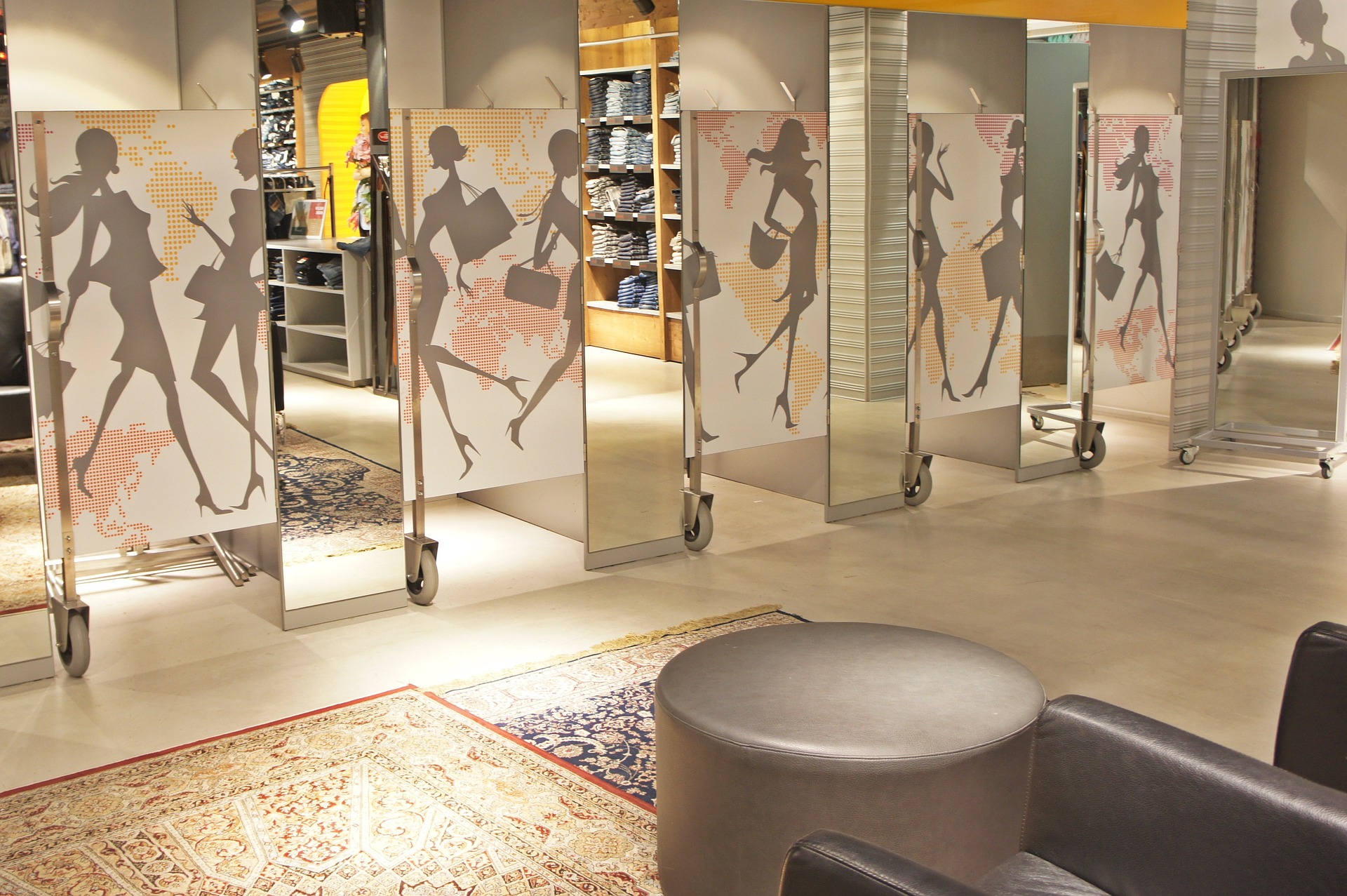After a year of lockdowns and restrictions, people and businesses alike are now looking forward to a return to the sort of 'normality' we experienced pre-2020 – thanks to the UK government rolling out their lockdown roadmap. Beginning with the return of schools from the 8th March, 'non-essential' retail stores will be permitted to reopen no sooner than the 12th April – no doubt providing great relief to brands who were already trying to exist in a challenging environment.
So the last thing they need is to experience further profit loss as the pandemic continues – here, we're going to look at how the latest trends in retail asset protection can be optimised to help retail stores post-lockdown, rather than hinder their recovery.
Retail Asset Protection Trends For 2021 and Beyond
1. Bringing together 'loss prevention and asset protection'. More often than not, loss prevention and asset protection are viewed separately from the customer experience. Effective retail loss prevention and asset protection is achieved by improving the in-store experience of customers – blurring the lines between what were once two separate concepts.
'Retail asset protection' refers to maintaining stock levels, keeping the cost of products down, improving the safety of the retail environment and the service offered to customers. 'Retail loss prevention is as you might imagine– preventing products from being 'lost' through theft or damage. Many of the tools utilised in both areas can be crossed over to create efficient and effective store management – this may include things like:
- a. Electronic Article Surveillance – Using devices, such as product tags, to track whenever items are taken through a monitoring field.
- b. RFID – Tags that allow retailers to take stock and track the chain of supply more accurately
- c. Traffic counting – Keeping informed of how many customers are in the store or a particular area (this can be easily incorporated into Electronic Article Surveillance).
- d. Smart locks – Indicating which staff member has accessed what product cabinet how often; illustrating the customer interest in certain items.
2. Improving the customer experience. It goes without saying that the customer experience is important for any retail store, but with people likely to be more careful with their spending in the years following the pandemic, it has never been so crucial that those positive encounters stick in their minds.
You just need to have a look around any high street to see the closed stores of big-name brands, with many either reverting to or being sold as online-only outlets. The upside to this is that existing businesses can offer customers something that these big chains can't – a combination of the ease-of-ordering that the Internet brings, with the ability of customers to pick up their items at a more convenient time.
Bridging the online and real-world experience will be a major trend in the coming years; eliminate those queues (and the inconvenience of having to wait in for a delivery!), and any business will benefit.
3. The ongoing influence of self-service checkouts and cashless payments. Aside from accelerating the growth of online-only shopping, another area of retail that the coronavirus pandemic has impacted is the rollout of self-service checkouts and cashless payment systems. This presents new challenges for retail asset protection and loss prevention as it requires customers to 'do the right thing' when at the checkout. Also, a seamless checkout experience has become an expectation – if that experience is met by a slow, unresponsive machine (or indeed, no machine at all), it won't help the store to be seen as a forward-thinking, serious brand.
4. The changing role of staff. With increased customer expectations and innovations like the self-service checkouts, the role of sales staff has changed – they are now required to offer their knowledge and expertise to help customers find the right products. This should be seen as a benefit as it helps to enhance the customer experience – it's fast-service that you won't find when pinging back-mails online. To help sales staff, they should be given the latest tech to truly enhance their role – something as simple as a tablet device that they can carry around on the sales floor, so they're able to check stock levels or find any additional information at the swipe of a finger.
5. The rise of 'The Internet of Things'. The IoT (items that use local connections to communicate with one another) has become a mainstay of modern life; whether that's the home Wi-Fi sending signals to computers, phones and home appliances, through to store shelves that can inform staff whenever they need refiling. In retail asset protection, RFID devices can create smart shelves, improving inventory management by automatically tracking and sending alerts – they can even work with CCTV systems for basic security too.
Those were five trends that will be expected of most stores post-lockdown – interested in learning more? Then why not get in touch with the experts here at Tagmax?
Tagmax: Protecting Your People, Products And Profits
We are proud to offer a range of comprehensive retail loss prevention and protection systems to ensure that your outlet is a safe and secure place for customers and staff. No matter the size or industry of your store – whether you represent one of the biggest names on the high street, or a small local business, the team here at Tagmax can create a custom security solution that will match all of your requirements.
If you would like to learn more about how we can put in place retail asset protection for your store, please do not hesitate to get in touch with us today. Give us a call on 0800 044 3160 or send an e-mail to sales@tagmax.com and we'll be in touch as soon as possible.
View more blog posts



